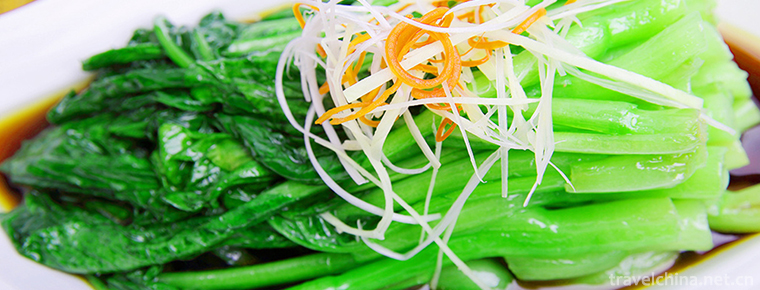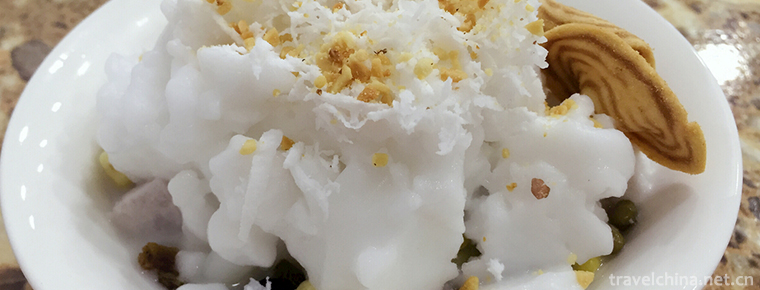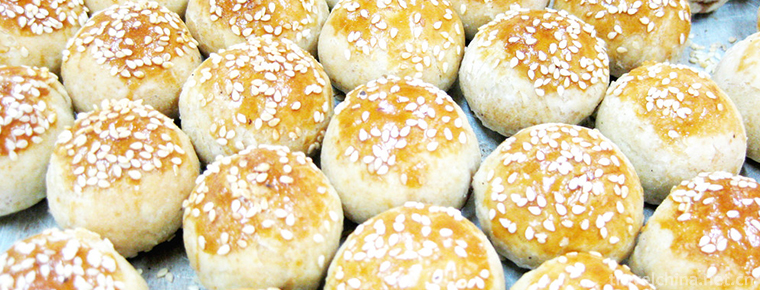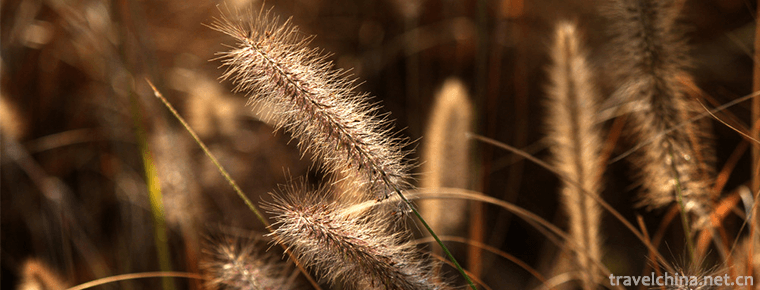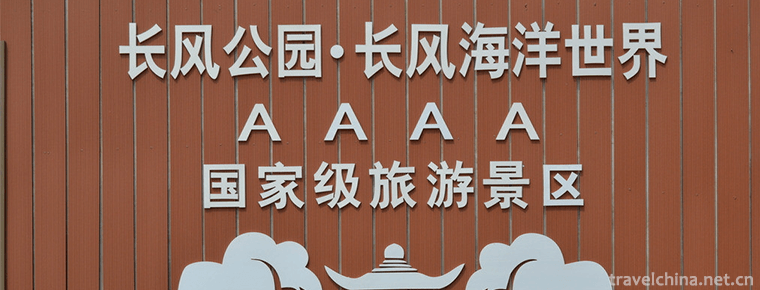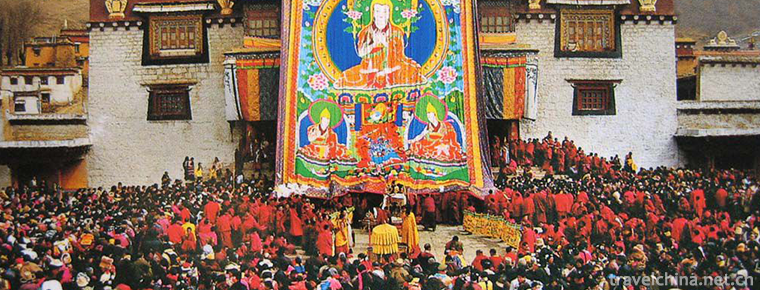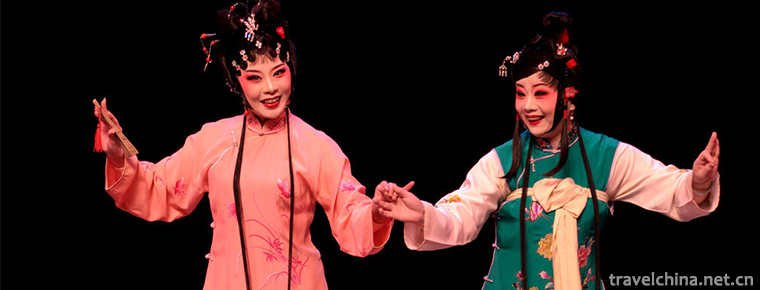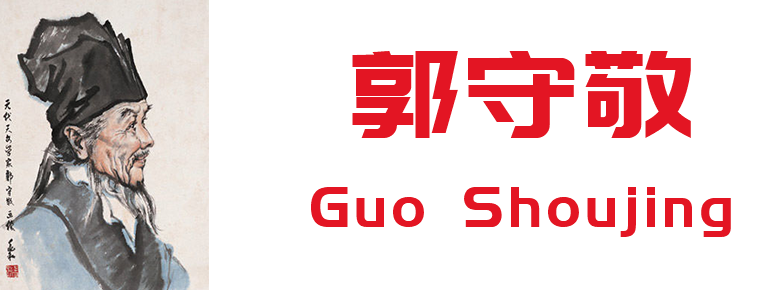Miao brocade weaving skills
Miao brocade weaving skills
Miao brocade weaving, Guizhou Province's traditional handicraft, one of the national intangible cultural heritage.
Miao brocade is woven by Miao women using silk, ramie, kapok and other fibers produced locally. Miao brocade, also known as weaving flowers, is a pattern fabric formed by weaving. The color weft is fully covered on the surface of the fabric, and the front is brightly colored.
On June 7, 2008, the brocade weaving skills of the Miao nationality were approved by the State Council and listed in the second batch of national intangible cultural heritage list. The project number is_-105.
historical origin
The Miao brocade in Guizhou Province has a history of more than 700 years.
Before the 1990s, the Miao brocade was handed down from mother to daughter, and it was in vogue. The Miao brocade in Majiang County mainly has two kinds of brocade and flower belt. The brocade is generally more than a foot wide; the flower bands vary in width according to their use, which is five or six centimeters wide and only two or three centimeters narrow, and the length is also determined according to needs.
Miao brocades are made of two kinds of silk yarns, one is silk yarn, the other is colour yarn. Brocade patterns mostly originate from production and life. They are mainly free and flexible decorative patterns. The main body is geometric figures. The diamond shape is the framework. Various patterns are connected with each other and are full of pictures. The overall pattern is regular and compact, full and symmetrical, beautiful and generous.
Technological characteristics
Miao brocade is a fabric made by Miao women by dyeing and weaving colored silk, ramie, kapok and other fibers produced locally. Qian Shu calls this weaving method "through warp and back weft". The plain weaving machine must use a boat-shaped shuttle about 10 centimeters long to load the various color weft needed for pattern color, divide and divide the flax color according to pattern pattern pattern into blocks and zones, and cut and twist in segments. Its characteristics are: fine natural color warp, thick color weft, with latitude gram warp, and no warp line is shown. Miao brocade, also known as weaving flowers, is a pattern fabric formed by weaving. The color weft is fully covered on the surface of the fabric, and the front is brightly colored.
Miao brocade has two methods, one is through longitude and weft, the other is through longitude and weft. The former is widely used, from the eastern Miao people's western Hunan to the western Miao people's Chuxiong area. The brocade in Western Hunan is usually made of fine cotton or silk yarn as warp, rough cotton, wool or silk yarn as weft, and mostly of diamond-shaped, geometric, zigzag and tufted brocades, which are generally used as quilt surface and are called rough brocade. In the past, there were flower handkerchiefs and headscarves woven with fine-coloured silk yarns as warp and weft yarns through warp and weft, which were called fine brocade. In Taijiang, Huangping and Jianhe counties of Guizhou, there are abundant patterns of brocade weaved by the method of longitude and weft breaking, such as dragon pattern, dancer pattern, heron pattern, fish pattern and geometric pattern. Especially in Shidong, Gedong and Wuhe areas of Taijiang County, brocade drawings are the most abundant and colorful, which are generally used for waistband and back.
Kaili Miao brocade can be divided into two categories: Su brocade and Cai brocade.
Sujin mainly distributes in Zhouxi Town and Wanchao Town, while Caijin distributes in Kaitang Township and Wanshui Town. Su Jin is woven with silk, using the method of through warp and weft, with white patterns on the blue background. Su Jin's most refined person first pushed Zhouxi "mid-skirt seedlings" with silk brocade on the back. Its fine silk, each square centimeter to 60 longitude, 90 latitude high precision, soft feel lubrication, bright patterns, exquisite.
Coloured brocade is woven with coloured silk yarn, and Miao brocade with brilliant colour is woven by the method of through warp and weft breaking.
Kailimiao brocade pattern is rich, including animal pattern, plant pattern, celestial elephant pattern, utensil pattern, geometric pattern and so on. The process of Kaili Miao brocade is complex. Operators face thousands of fine silk yarns. It is extremely difficult to count warp, dew weft and break weft, even if they are skilled in weaving, they can only weave inches a day. Animal and plant lines are often taken as nature, which is exaggerated, vivid and vivid after abstract and simplified deformation treatment. Or it is ingenious to take distinctive parts, such as head, horn, foot, claw, eye and fur, to symbolize the animal itself. Especially the frequent and rational use of diamond pattern makes the composition rigorous and regular, full and symmetrical. With exquisite workmanship, exquisite craftsmanship, it highlights the bright and bright patterns, unity and harmony, beautiful and generous, with high aesthetic value, and excellent decorative effect.
Taijiang Miao brocade is woven and knitted in two major categories. The brocade is mainly woven on both sides of the Qingshui River and along the Bala River. The brocade belt is woven, mainly in the Leigong Mountains. Woven fabrics are jacquard fabrics dyed and woven by Miao women using traditional "warp-and-weft" techniques and plain wood machines, using silk, ramie, kapok and other fibers produced locally.
Taijiang Miao brocade decorative theme is extensive, birds and animals, flowers, grass, fish and insects, mountains and rivers, sun and moon are omnipresent. Its manifestations are rich and colorful, including regular geometric patterns, classical diamond and square patterns, as well as decorative patterns between geometric patterns and natural patterns. The artistic technique is concise, bold and exaggerated. It skillfully utilizes the density of dots, lines and surfaces, the size of thick and thin, the length and length of slant and straight to change and combine. The overall layout is balanced, the structure is rigorous, there are momentum in quiet, and there are changes in regularity. It shows a lively and simple artistic interest.
Taijiang Miaojin is mostly used as headdress, leg wrapping, waistband, sleeves, back ornaments, shoulder ornaments and bedding. Shidong-type waistband brocade is the most beautiful type of Miao brocade.
Technological process
Miao brocade weaving methods are mainly divided into weaving and weaving.
Knitting is a textile method in which the warp is separated up and down by hand instead of pick-up board or heald thread. Its advantage is easy to carry. Take the pulled warp reed (reed) with you and knit it it whenever you are free. One end of the tape is tied to a fixed tree trunk, the other end is tied to the weaver's waistband, and then the warp and weft are picked up on the tape by using the heald yarn. The synthetic yarn of plain cloth can be woven with black and white yarns, and the brocade can be woven with at least five synthetic yarns, warp and weft interwoven, showing a strong three-dimensional pattern. In general, Miao brocade is knitted on the opposite side. The front side shows the picture. Red and green, black and white color lines are used alternately to make the color interlace, so that the pattern can be harmoniously unified in the contrast.
Weaving, i. e. weaving brocade on a loom. The weaving machine of brocade is different from the general weaving equipment: two-ply yarn is used for plain weaving, and at least five-ply yarn is needed for brocade weaving. Each heddle line is connected with a pedal. There are generally four pedals. Different pedaling methods are used to control the pedal. The patterns stepped on are different. You can only step on two pieces at a time, one by one.
Inheritance and protection
Inheritance significance
Miao brocade is an indispensable part of the Miao people's life. It is mostly used for clothing, waistband, backpack, waistband and other fabrics. It reflects the history and social formation of the Miao nationality and has academic research value. The brocade itself has exquisite composition, flexible and symmetrical patterns, strong stereo sense, and high aesthetic research value. Because the Miao brocade is all made by hand, which is time-consuming and laborious, and the younger generation of Miao people like to wear Chinese clothes rather than their own national clothes, there are few people engaged in Miao brocade weaving, and few people like to learn. At present, this distinctive handicraft is on the verge of being lost. Only a few middle-aged and old women have mastered it. It is urgent to protect the Miao brocade skills.
representative figure
Gan Xiaozhi, female, Miao nationality, born in January 1985, Taojiang Village, Taojiang Township, declared the item: Miao brocade weaving skills.


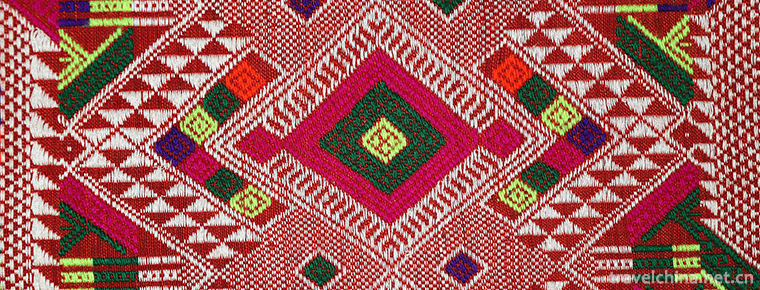
-
Boiled Chinese flowering cabbage
Boiled cabbage is a traditional dish in Guangdong province. It is a Cantonese cuisine. This dish is crisp and tender in quality, unique in flavor and rich in nutrition. .
Views: 136 Time 2018-11-02 -
Ching Bo Leung
The word "cool" in Hainan dialect can be pronounced as "Yin Shang Sheng", which is homonymous with the two words used as weight unit. It is the soup of old fire for clearing heat a.
Views: 222 Time 2018-11-05 -
Chess cake
Chess cake is a special product of Tangshan District in Hebei Province. It is named for its shape like a small drum and a chess piece.
Views: 168 Time 2018-11-27 -
Tongzhou Forest Park of Grand Canal
Tongzhou Forest Park of the Grand Canal is located on both sides of the North Canal of Tongzhou New Town, Beijing. It starts from Luyang Bridge on the Sixth Ring Road in the north and Wuyao Bridge in .
Views: 80 Time 2019-01-07 -
Shanghai Changfeng Ocean World
Shanghai Changfeng Ocean World belongs to the world's largest aquarium chain brand of Merlin Entertainment Group, which is the first and second largest in Europe.
Views: 222 Time 2019-03-17 -
Carrying a number
Handling trumpets is one of the trumpets of traditional folk songs. It is popular in many fields, such as manual workers, such as loading and unloading, lifting, pushing and pulling goods..
Views: 462 Time 2019-04-03 -
Tibetan New Year
Tibetan calendar year is the traditional festival of the Tibetan people. Bhutan and Mongolia, which are deeply influenced by Tibetan culture, also celebrate the Tibetan New Year.
Views: 190 Time 2019-04-04 -
Legend of Chen Sanwuniang
Li Jing Ji of Chen Sanwuniang is an ancient folklore, belonging to the legendary works of Ming Dynasty in China. The author has lost his life in Quanzhou (Chen Sang) of Fujian Province.
Views: 106 Time 2019-04-16 -
Guo Shoujing
Guo Shoujing (1231 - 13 16). Xingzhou Xingtai county (now) Hebei Province Xingtai City People. Yuan Dynasty Famous astronomers, mathematicians, experts in Hydraulic Engineering Early teacher Liu Bin Z.
Views: 286 Time 2019-09-07 -
wolong national nature reserve
Wolong Nature Reserve is located in the southwest of Wenchuan County, Aba Tibetan and Qiang Autonomous Prefecture, Sichuan Province, on the southeast slope of Qionglai mountains, 130 kilometers away from Chengdu.
Views: 249 Time 2020-11-06 -
How long does it take for Chengdu to get to the giant panda base
When you come to Chengdu, you must come and see the lovely giant panda. The nearest panda base to the city is the giant panda breeding research base. How long does it take from Chengdu to the giant panda base?.
Views: 62 Time 2020-12-13 -
Yibin water resources
Yibin city produces 614500 cubic meters of water per square kilometer per year. In addition to the amount of water from various rivers in the city, the city has a total annual water volume of 242.84 billion cubic meters, and the average annual water occupatio.
Views: 358 Time 2020-12-18
